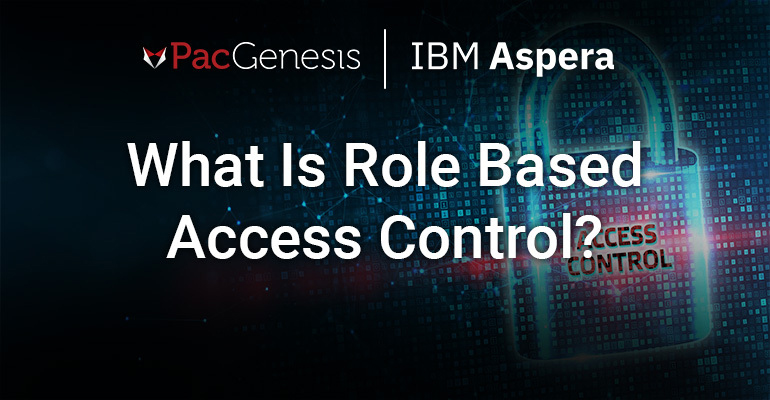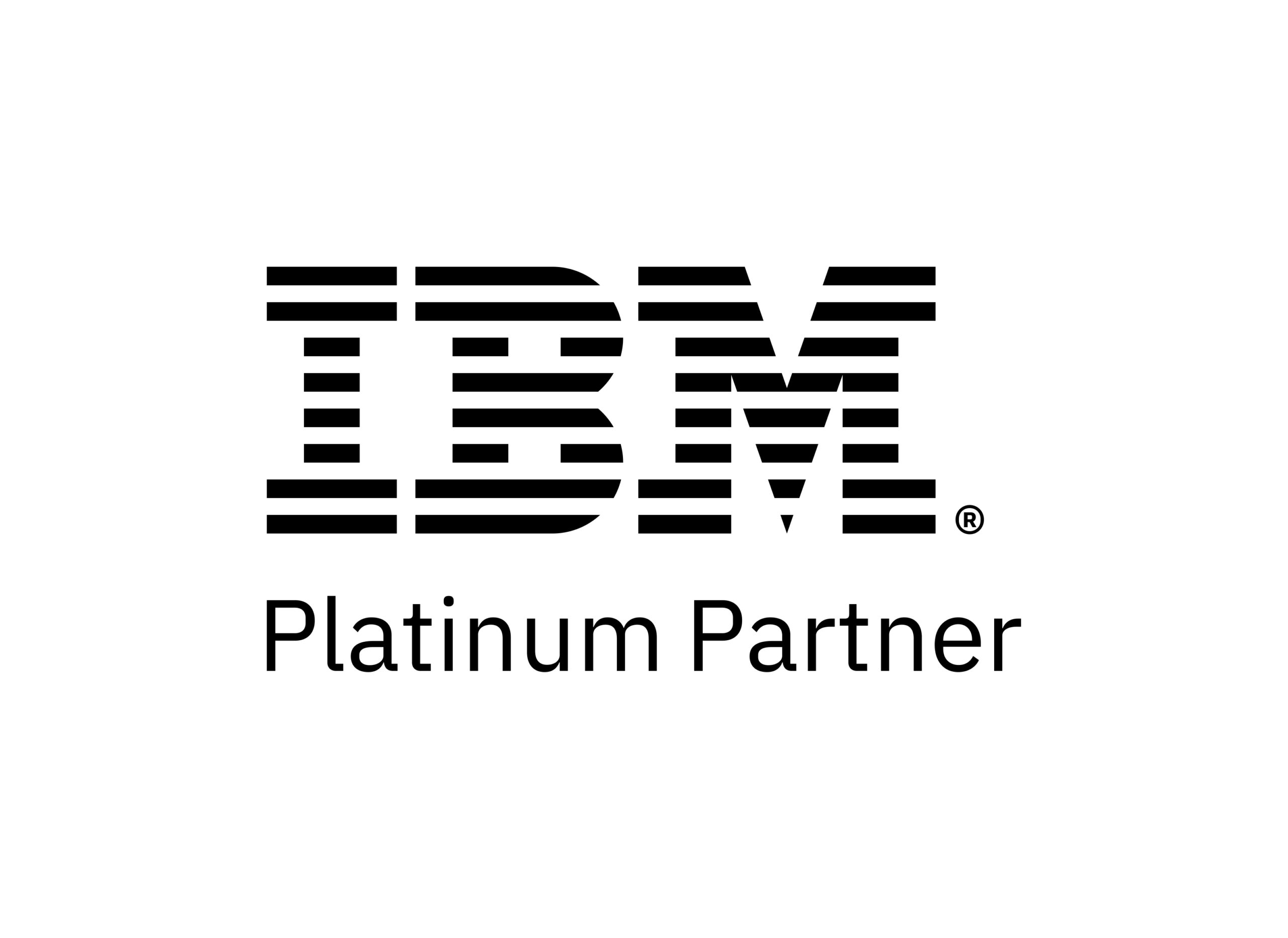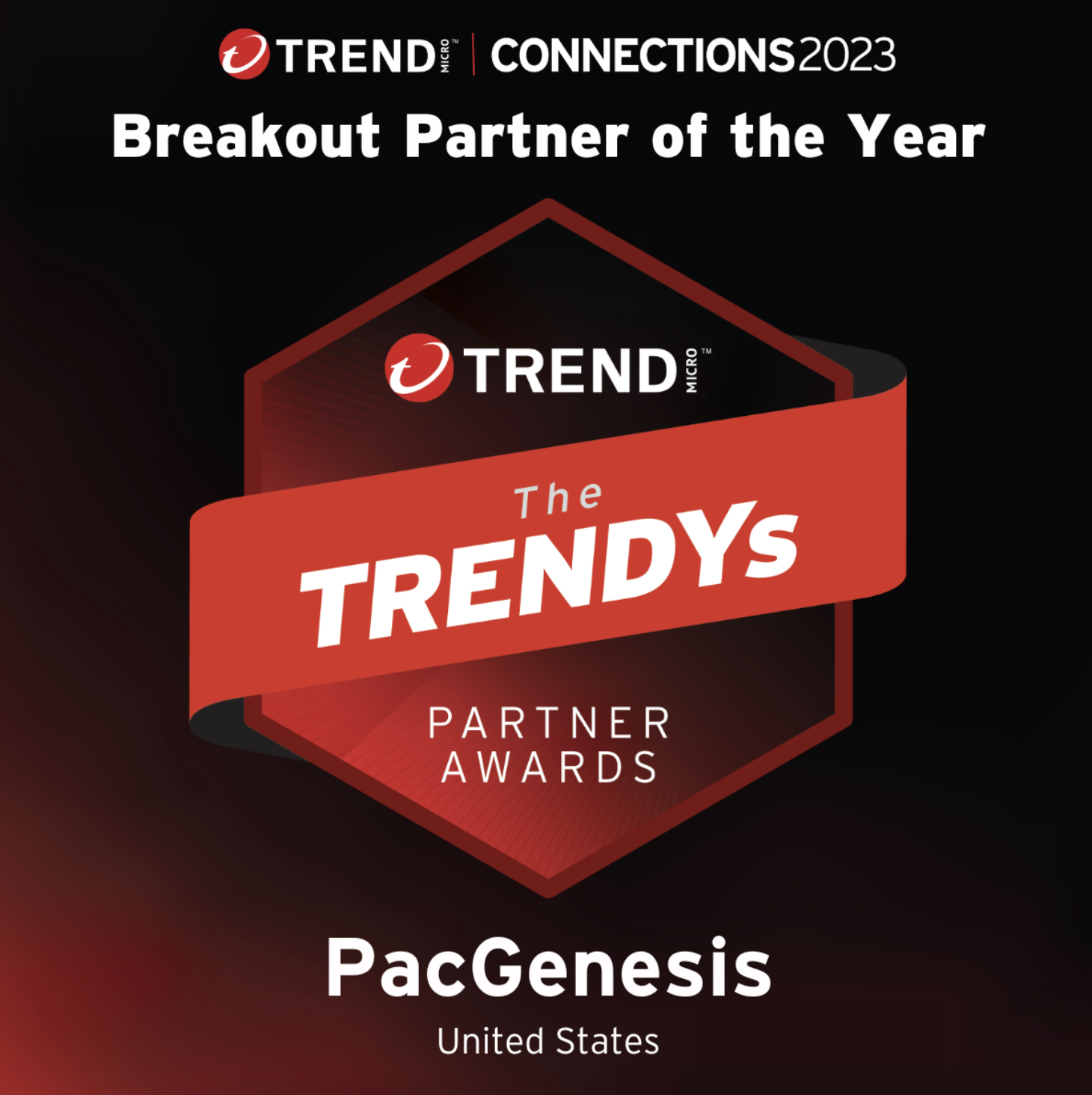What is Role-Based Access Control?

What is Role-Based Access Control?
An employee’s role in an organization determines the permission that individuals are granted and ensures lower-level employees can’t access sensitive information or perform high-level tasks. Role-based access control is a security approach that authorizes and restricts system access to users based on their roles within an organization. It can also refine the way a user interacts with data, permitting read-only or read/write access to certain roles and limiting a user’s ability to execute commands or delete information.
Sections
The Benefits of Role-Based Access Control
There are multiple benefits to role-based access control, including:
- Improving operational efficiency: Companies can decrease the need for paperwork and password changes when they hire new employees or switch the roles of existing employees. It also cuts down on potential errors when assigning user permission.
- Enhancing compliance: Executives and IT departments can more effectively manage how the data is accessed and used. This is important for financial institutions and healthcare companies that manage sensitive data.
- Giving administrators increased visibility: It gives network administrators and managers more visibility and oversight into the business while guaranteeing authorized users and guests on the system are only given access to the jobs they need to do.
- Reducing costs: Companies can conserve or more cost-effectively use resources like network bandwidth, memory, and storage.
- Decreasing risk of breaches and data leakage: Implementing role-based access control means restricting access to sensitive information, reducing the potential of data breaches or data leaks.
The Role-Based Access Control Model
Under the role-based access control standard, there are three types of access control: core, hierarchical, and constrained.
Core Role-Based Access Control
Core model outlines the essential elements of every system. While it can stand alone as an access control method, it lays the foundation for the other two models.
- Role assignment: A subject can exercise permission only if the subject has been selected or assigned a role.
- Role authorization: A subject’s active role must be authorized.
- Permission authorization: A subject can only exercise a permission authorized for their active role.
Hierarchical Role-Based Access Control
When assuming your defenses have already been infiltrated, you can take a stronger security stance against potential threats and minimize the impact if a breach does occur. Limit the “blast radius”, the extent and reach of potential damage incurred by a breach, by:
- Segmenting access and reducing attack surface
- Verifying end-to-end encryption
- Monitoring your network in real-time.
Constrained Role-Based Access Control
This adds separation of duties to the core model. Separation of duty relations fall under two headings: static and dynamic:
- Under Static Separation of Duty (SSD): a single user cannot hold mutually-exclusive roles
- Dynamic Separation of Duty (DSD): a user can be a member of conflicting roles, but the user may not function in both roles during a single session.
Establish a Role-Based Access Control Model with PacGenesis
An effective system of user access control is essential for large enterprises or companies that manage a large number of contractors, vendors, and even customers. Role-based access control will protect critical data, improve operational efficiency, and help certify regulatory compliance.
At PacGenesis, we partner with some of the world’s leading cybersecurity professionals to help businesses set up processes and systems in their organization to protect them. We meet with you to find out what you’re looking for, what you have in place, and how we can best implement new systems. Contact us today to find out if role-based access control is right for your company.
To learn more about PacGenesis, follow @PacGenesis on Facebook, Twitter, and LinkedIn, or visit us at pacgenesis.com.



